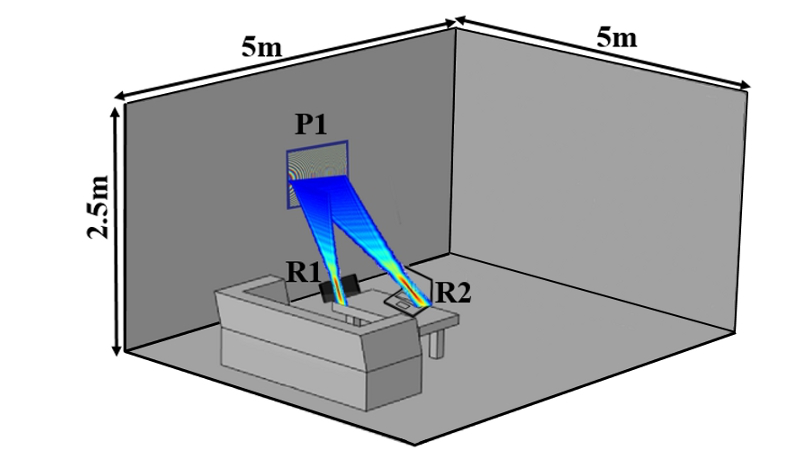A TV-sized panel on your wall could wirelessly charge all your gadgets
Time to finally cut the cord

Wireless power transmission has been on the cards ever since Nikola Tesla first demonstrated the technology in the 1890s. But with few exceptions, wireless power has never quite made it to the mass market.
The closest thing we have are the wireless magnetic induction pads that several technology firms launched a few years back, but as your device has to effectively rest on the charging pad it's hard to call it wireless.
Now, however, engineers at Duke University, the University of Washington and Intellectual Ventures' Invention Science Fund have shown that the technology already exists to build a proper wireless charging system - we just need to design it.
Synthetic Metamaterials
After surveying several different options for wireless power, the team settled on a solution that involves synthetic metamaterials comprised of individually engineered electrical cells.
"As long as you’re within a certain distance, you can build antennas that gather electromagnetic energy and focus it, much like a lens can focus a beam of light,” explained Duke University's David Smith, lead author on a new paper describing the technology.
According to their results, a flat device no larger than a typical television could focus beams of microwave energy down to a spot the size of a phone at a distance of up to ten metres. It could also power more than one device at the same time.
"The ability to safely direct focused beams of microwave energy to charge specific devices, while avoiding unwanted exposure to people, pets and other objects, is a game-changer for wireless power," said co-author Matt Reynolds from the University of Washington.
Sign up for breaking news, reviews, opinion, top tech deals, and more.
Walking into the Beam
There are still bridges to cross. Getting the system to shut off if a person walks into the beam is important. So is optimisation of the software and controls for the antenna. But Smith is bullish on the possibilities. “All of these issues are possible to overcome—they aren’t roadblocks,” he said.
“We actually came up with some nice analytical formulas for coverage areas and efficiencies that would be possible. I think building a system like this, which could be embedded in the ceiling and wirelessly charge everything in a room, is a very feasible scheme. Moreover, there are versions of the concept that can deliver larger power over much larger distances”
The full details of the research were published on the arXiv pre-print server.
